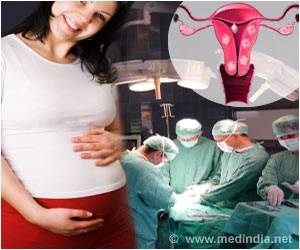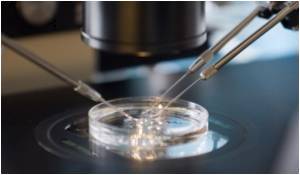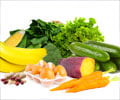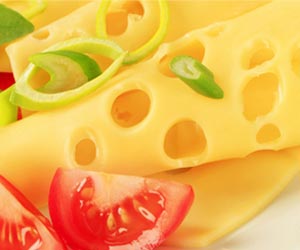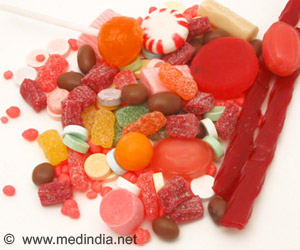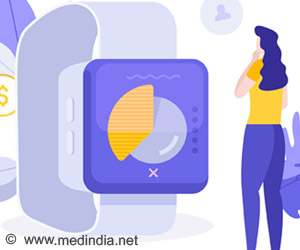The model predicts the chances of pregnancy and live birth taking into account, each egg-freezing cycle,the number of eggs stored and the age of the mother.
Highlights
- Egg freezing or Human oocyte cryopreservation is a process in which a woman’s eggs (oocytes) are extracted, frozen and stored. //
- Egg freezing is increasing in popularity as more women delay family building.
- But only few women who have electively cryopreserved oocytes have returned to use them.
- A model has been developed to determine the proportion of mature oocytes that fertilize into successful live births.
While some of the largest tech companies have offered egg-freezing as a benefit, the majority of women face out-of-pocket costs that climb upward of $6,000, excluding medications, for one egg-freezing cycle that, depending on personal characteristics, results in a variable number of eggs suitable for freezing.
Also not known: how many frozen eggs are necessary to have a child in the future? What if the woman would like to have more than one child? These questions often leave a woman unsure of whether she should repeat a cycle in order to store more eggs and potentially increase her future chances of having a baby.
To address these issues, researchers led by Janis H. Fox, MD, an attending reproductive endocrinologist in the Center for Infertility and Reproductive Surgery at Brigham and Women's Hospital, have developed a novel, personalized model to guide the conversation between a woman and her physician.
"We wanted to create a tool that is evidence-based in order to provide the best possible guidance for our patients, who are making big decisions about their lives, their families, and their finances," said Fox, Assistant professor at Harvard Medical School and senior author of the paper.
This model is the first to consider maternal age by individual year, and incorporate the likelihood that an embryo created with those eggs will have the normal number of chromosomes.
By way of an example, their model finds that a 35 year-old woman who freezes 10 eggs following her first cycle has a 69 percent chance of one live birth. If she undergoes a second cycle and now has 20 frozen eggs, her chances jump to 90 percent for one live birth. With 30 eggs, the likelihood of success rises to 97 percent.
"Rather than explicitly telling women how many eggs they should freeze or how many cycles they should undergo, we believe that our model will help women make informed choices based on the data that is available, and on their family-building goals," said Randi H. Goldman, MD, a Reproductive Endocrinology fellow in the Center for Infertility and Reproductive Surgery at BWH and first author of the paper.
"Each woman will come to her own decision about whether more eggs and additional cycles are beneficial, because it is a personal decision. Would they want to increase their chances by 5 percent, 15 percent? At what cost?"
Researchers are currently working to develop a digital version of the tool that they hope will be freely available to the public in the near future. They caution that the assumptions used to create the model, while data-driven, were based on outcomes from Brigham and Women's Hospital, and may vary by fertility center.
Reference
- R.H. Goldman et al, Predicting the likelihood of live birth for elective oocyte cryopreservation: a counseling tool for physicians and patients, Human Reproduction (2017) doi:10.1093/humrep/dex008.
Source-Medindia




